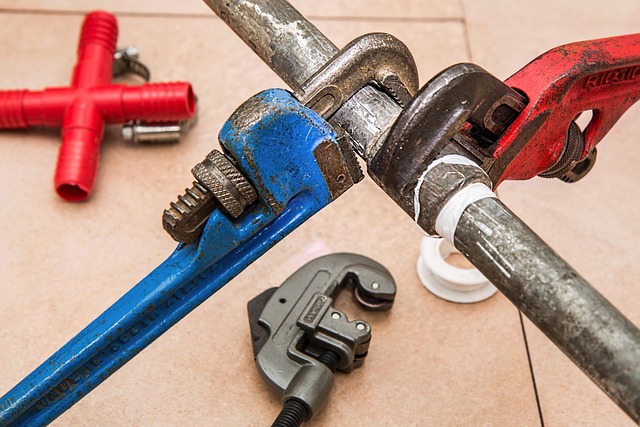DIY Guide: Fixing a Cracked Pot at Home
As any plant lover or home cook knows, a cracked pot can be more than just an eyesore—it can disrupt your entire routine. Whether it’s your favorite flowerpot or that cherished cooking vessel, the thought of tossing it out can be disheartening. The good news? With a little patience and the right approach, pot repair is completely doable at home. This guide will walk you through simple steps to breathe new life into your cracked pot, saving both money and memories.
Understanding the Crack: Assess Before You Act
Before diving into pot repair, it’s important to understand the nature of the crack. Is it hairline or wide? Is the pot ceramic, clay, or plastic? Knowing this will determine the materials and repair methods you’ll need.
- Hairline cracks can often be sealed with specialized adhesives or epoxy resin.
- Larger cracks or breaks may require a combination of adhesives and reinforcement.
- Plastic pots benefit from different repair techniques, such as plastic welding or flexible adhesives.
Gathering Your Tools and Materials
Having the right tools is key. For most ceramic or clay pots, you’ll need:
- Epoxy glue or ceramic adhesive
- A fine brush or toothpick for precise application
- Sandpaper to smooth edges
- Clamps or rubber bands to hold pieces together while drying
- Paint or glaze for finishing, if desired
Step-by-Step Pot Repair Process
- Clean the pot: Remove dirt and debris to ensure a strong bond.
- Sand the edges: Lightly sand the cracked edges to help the adhesive stick better.
- Prepare the adhesive: Follow instructions, mixing epoxy resin if needed.
- Apply adhesive: Use a brush or toothpick to carefully coat the cracked area.
- Join and hold: Press the crack together firmly and secure with clamps or rubber bands.
- Drying time: Let the pot rest undisturbed for the recommended curing period.
- Touch-up: Sand any excess adhesive and paint over the area if you want a polished look.
Extra Tips for Success
Patience is your best ally in any pot repair project. Rushing the drying process can weaken the bond. Additionally, keep in mind that even a beautifully repaired pot might not hold water as well as it did before—consider using it for decorative plants or as a dry container if necessary.
Remember, every crack tells a story, and fixing your pot at home adds a personal touch that new purchases just can’t match. Embrace the charm of imperfection and enjoy the satisfaction of a successful DIY pot repair!
